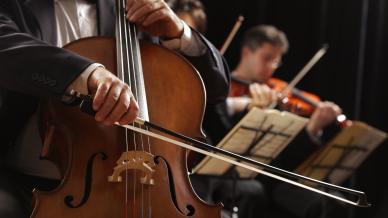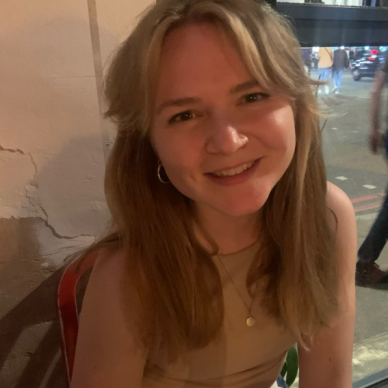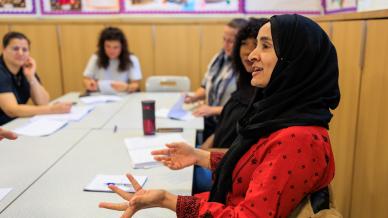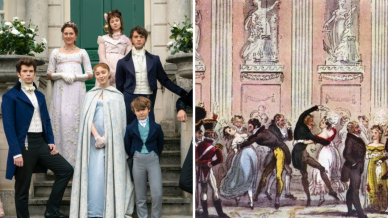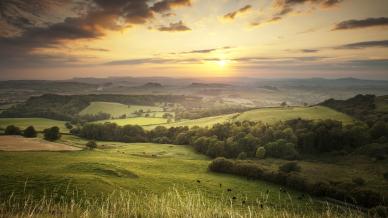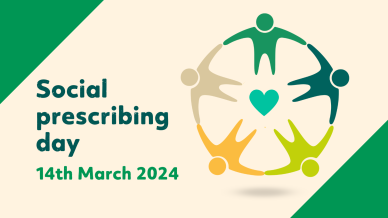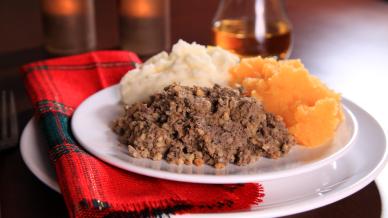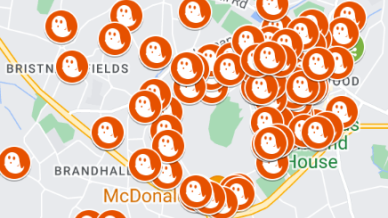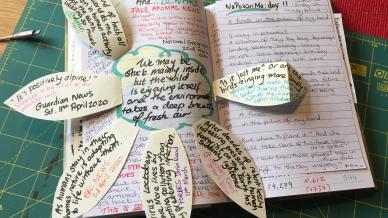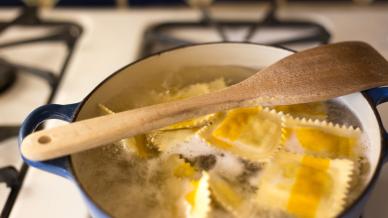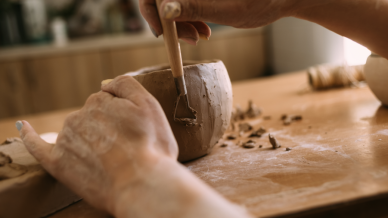Did you know the origins of classical music go all the way back to Medieval times? Or that wealthy families in the 1700s had musicians on hand to serenade them whenever they wanted? Join us as we delve into the history of the genre, picking out all the important milestones that helped make classical music what it is today.
Medieval (c.500 - c.1400)
This is the period from which we have the earliest surviving musical manuscripts and therefore know how the music sounded. Many of these documents exist because of their ties to the church, so are consequently sacred in nature and have heavy religious themes. However, we also find examples of music outside of the church. These include estampies (a melodic song believed to accompany dances) and lyrical cansos, virelais' and ballades sung by 12th-century troubadours.
Around this time - between the 11th and 13th centuries to be specific - Gregorian chant and plainsong were also refined, becoming more complex in nature. More voices were added to compositions, creating harmonies and providing further layers to songs. Other musical forms also emerged throughout Europe during this period, offering a pathway for new musical progression in the centuries to come.
Renaissance (c.1400 - c.1600)
For around the first half of the Renaissance period, the use of vocal harmony continued to dominate music. Even limited instrumental compositions that were produced bore the hallmarks of voice. Within this, a greater sense of unrestrained harmony and melody started to emerge as composers explored new textures, arrangements and forms.
In the later part of the 16th-century, a more centred approach to tonality based upon major and minor scales as well as key signatures emerged in the creation of compositions. This shift opened music out into a thriving period flooded with anthems, madrigals, masses, motets and psalms. Ultimately, instrumental composition began to find its own light and flourish too, as can be seen by the many dances, fantasias and variations.
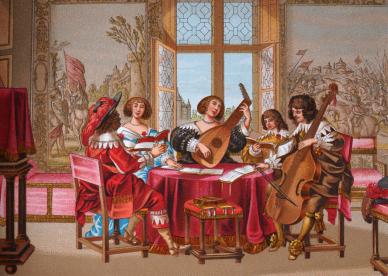
Baroque (c.1600 - c.1750)
Much of what we recognise as classical music today was formed during the Baroque period. The modern orchestra, the cantata, concerto, sonata and opera (within this the aria, chorus, overture, prelude and recitative) all exploded onto the scene. J.S. Bach, the ‘father of harmony’, layed down the essentials of modern musical theory. Present-day instruments emerged too; the viol family was replaced by the violin, viola and cello; the harpsichord appeared and improvements were made to all instrument groupings.
Once the 18th-century began, barely anything remained of the old form of modal music. Composers in all major European centres were engaged in writing vernacular instrumental music that was in line with the new trend and modern harmonic scale. This style of music became massively popular, or de rigeur, and became a highlight of any social occasion: dinner parties, garden parties, soirees or important functions. It also became a fundamental part of domestic life amongst the upper classes. Every wealthy household had its own instrument(s) - either that or it employed a group of musicians.
Classical (c.1750 - c.1830)
Continuing on from the previous era, the Classical period saw the establishment of the contemporary form of the concerto, sonata, symphony, trio and quartet. However, none of this would have been possible without what is probably the most decisive innovation of the time: sonata form.
Rather than the teeming complexities that ran riot at the height of the Baroque, sonata form melodies were designed around the idea of polished simplicity and a sense of balance and poise. This organisational principle still governs instrumental composition today and saw the creation of musical styles such as Galante and Sturm und Drang (meaning 'storm and stress'), as well as the rise of famous names such as Haydn, Mozart, and later, Beethoven and Schubert.
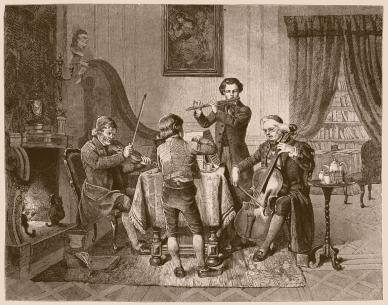
Romantic (c.1830 - c.1920)
Music at this time was both a response to the Romantic era, embracing beauty and freedom, and also a result of the failure of the Classical era. Despite reaching its height, the previous period could not contain the level of invention and innovation that composers were beginning to make. Classical ensembles and orchestras had reached their limits and simply had to be expanded. Composers and virtuosos also became cult figures.
A major current that emerged was nationalism, with composers across the European continent seeking to express their separate cultural identities by developing a particular sound world. A new form of music, ‘programme music’, appeared. As opposed to 'pure music', this style was defined by the inclusion of extra-musical content, such as narration, audible depictions of the natural world, or musical representations of fictional and real events. There was a heightened sense of drama in this, even in many compositional responses to the principles of Romanticism itself.
20th-Century & Contemporary
With the end of the Romantic Age and the start of the 20th-century, composers encountered a range of problems in relation to style, harmony, expression and particularly tonality. Music took on a questioning nature and began to challenge the listener as it took different directions.
The turbulent transition from this new age of modernism into the post-modern era contributed to the disruptions that occurred in both the musical landscape and language. On the one hand, Serialist or Atonal composers stretched the limits of form and melody, while others retreated into the past and continued to compose form in a traditional style. Electronic music, techniques and instruments also developed and influenced classical music - either in their own right, or paired with acoustic instruments. Coming into the present day this can leave us, as listeners, in something of a snag, where we must deal with a musical panorama where seemingly anything goes.
If you'd like to learn more about all thing music, meter and melody, click the link below to see our music courses.
